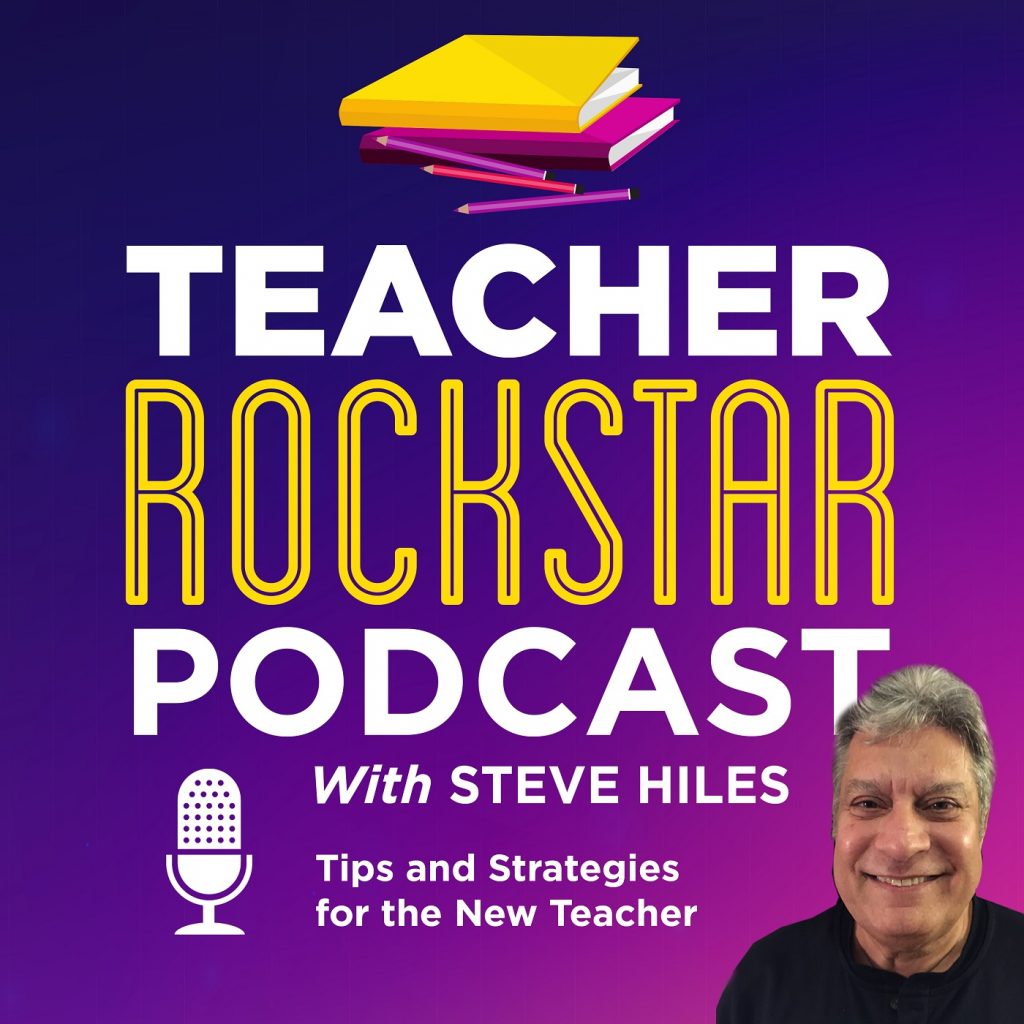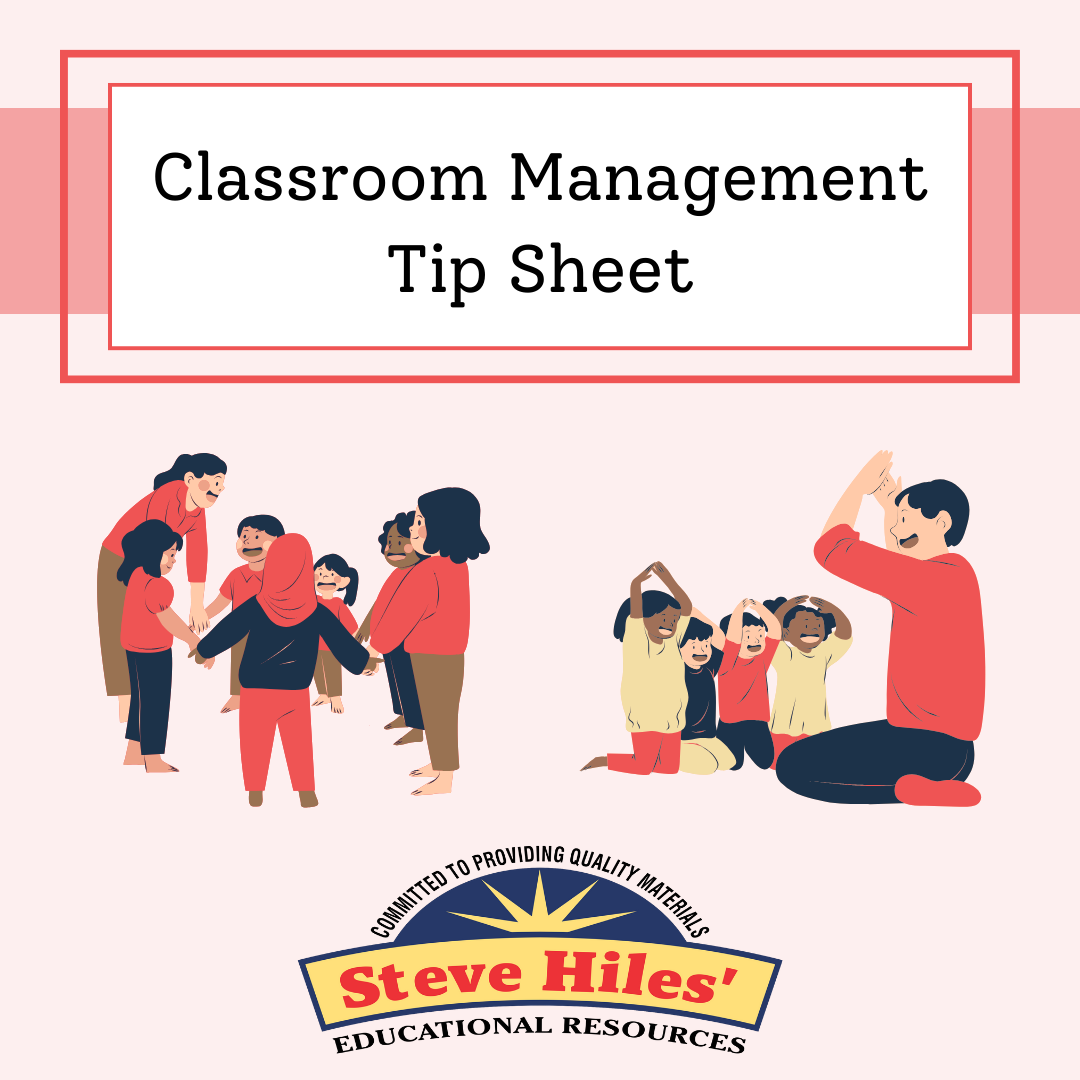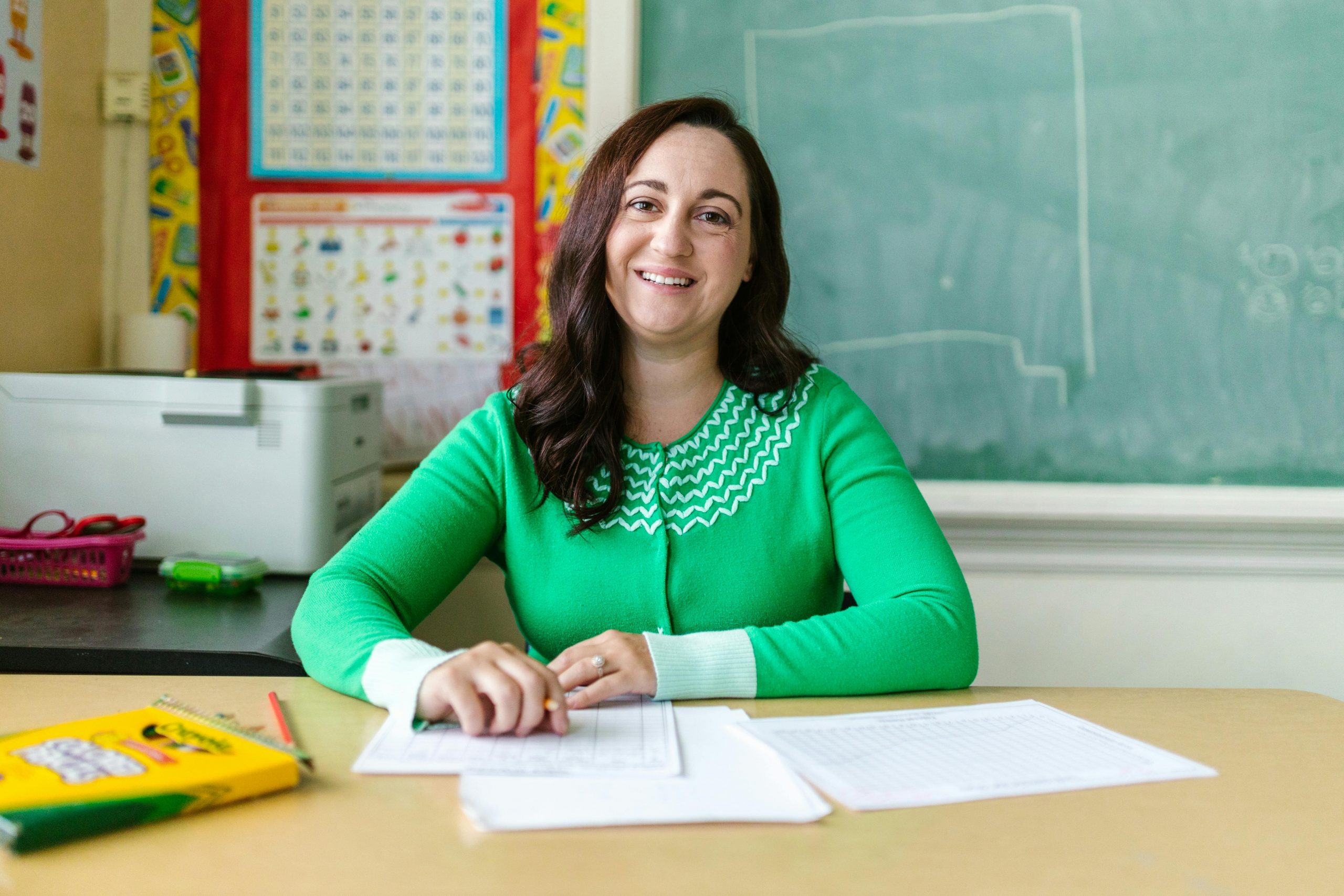Ever Stare at Your Classroom and Think…
“There has to be a better way?”
Markers with no caps.
Papers with no home.
And somehow—always—three staplers but not one that actually works.
I’ll never forget standing in my classroom during pre-planning week, just staring at the mess thinking:
“Where do I even start?”
Furniture was pushed to one side.
Supplies still in boxes.
And I swear the bulletin board paper was judging me.
That wasn’t organized chaos. It was just… chaos.
We’re diving into a game-changer: how to organize your classroom.
By the end of this article, you’ll have three practical systems to organize:
- Your physical space
- Your materials
- Your students

1. Organize Your Physical Space
Here’s a quick stat: a Princeton study found that physical clutter competes for your attention, lowering performance and raising stress.
That pile of unfiled copies? Yeah, it’s sabotaging your teaching game.
Think of your classroom like a grocery store: everything needs a zone. You don’t find the milk in the bakery section, right? So why are math manipulatives floating in the reading corner?
Start simple:
- Zones
- Labels
- Clearly marked bins
Use words and pictures on labels—even for older kids. You’ll be amazed how many “Where does this go?” questions disappear.
2. Organize Yourself
Here’s the truth: if your materials are a mess, it’s not you—it’s your system.
I used to have an “I’ll file it later” drawer. Then it turned into a rolling cart. Then a tote bag. Then a big bag of stress.
What changed everything? The One-Touch Rule.
- Handle it once.
- File it. Act on it. Toss it. Done.
I built a “Teacher Command Center”: lesson plans, emergency info, and master copies—all in one place. Then I added color-coded folders for each weekday.
Every Friday, I drop in materials for the next week. Monday morning? No panic—just peace.
3. Organize Your Students
Here’s a fact: if you don’t create systems for your students, they’ll invent their own. And their system usually involves chaos.
Students thrive on routine—even if they pretend not to. Give them clear roles:
- Materials Manager
- Tech Helper
- Floor Inspector
And create simple routines:
- Where to turn in work
- How to get supplies
- What to do when they finish early
These little things? They’re big.
The 10-Minute Reset
The habit that changed everything for me? My Friday “Future Me Thanks You” routine.
I spend 10 minutes before leaving:
- Straightening my desk
- Resetting bins
- Refilling supplies
Come Monday, I feel ten steps ahead.
Final Thoughts
So, let’s recap:
- You gave your physical space a plan
- You built a system for your materials
- You empowered your students with structure
And that 10-minute Friday reset? That’s the secret to smooth Mondays.
Your classroom doesn’t have to be perfect—
but it does need to function.
Internal Link
Want more tips on building strong classroom systems? Check out my article on Classroom Management Mastery.
External Link
For more on how clutter impacts focus, read this Princeton University study.









